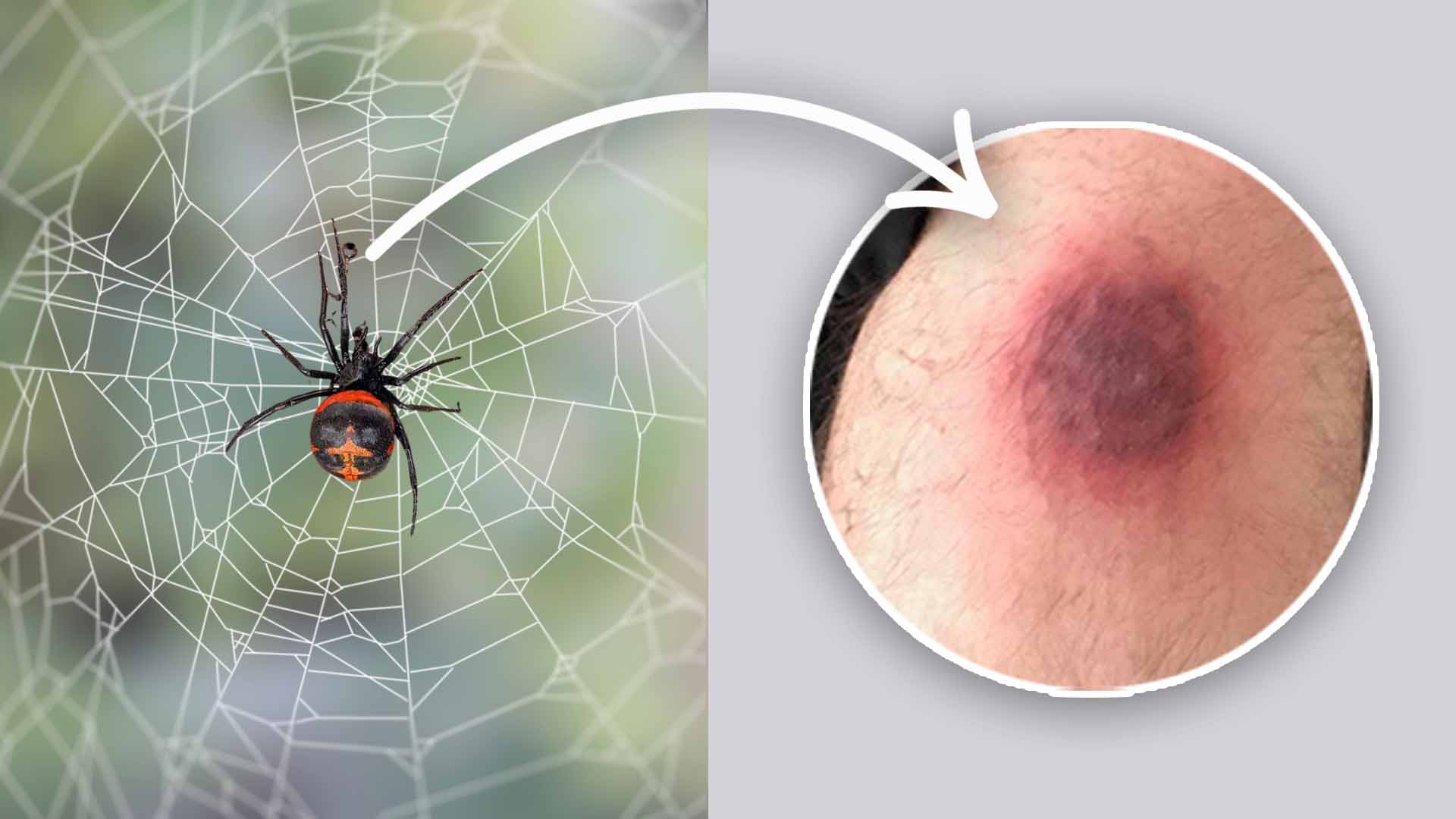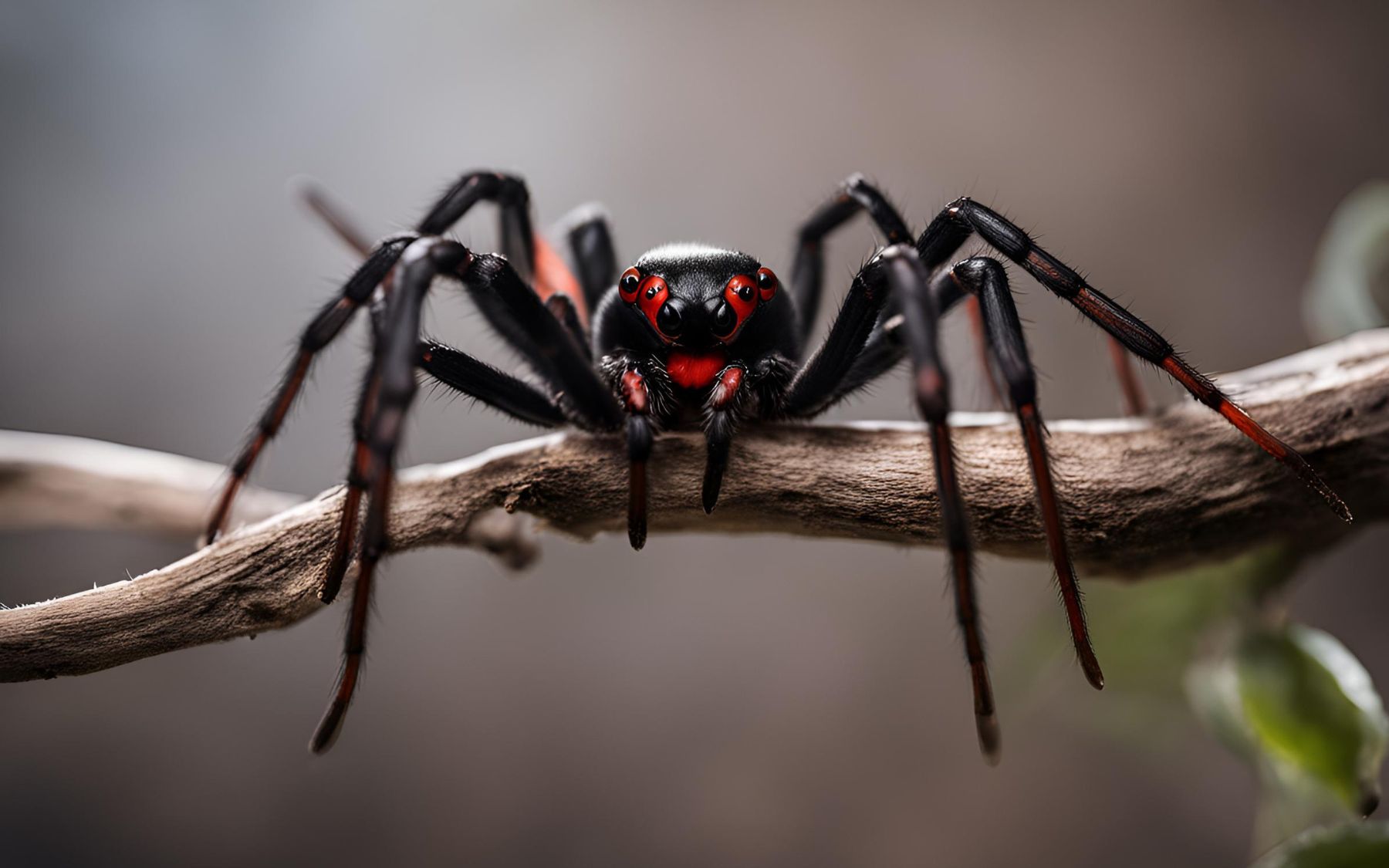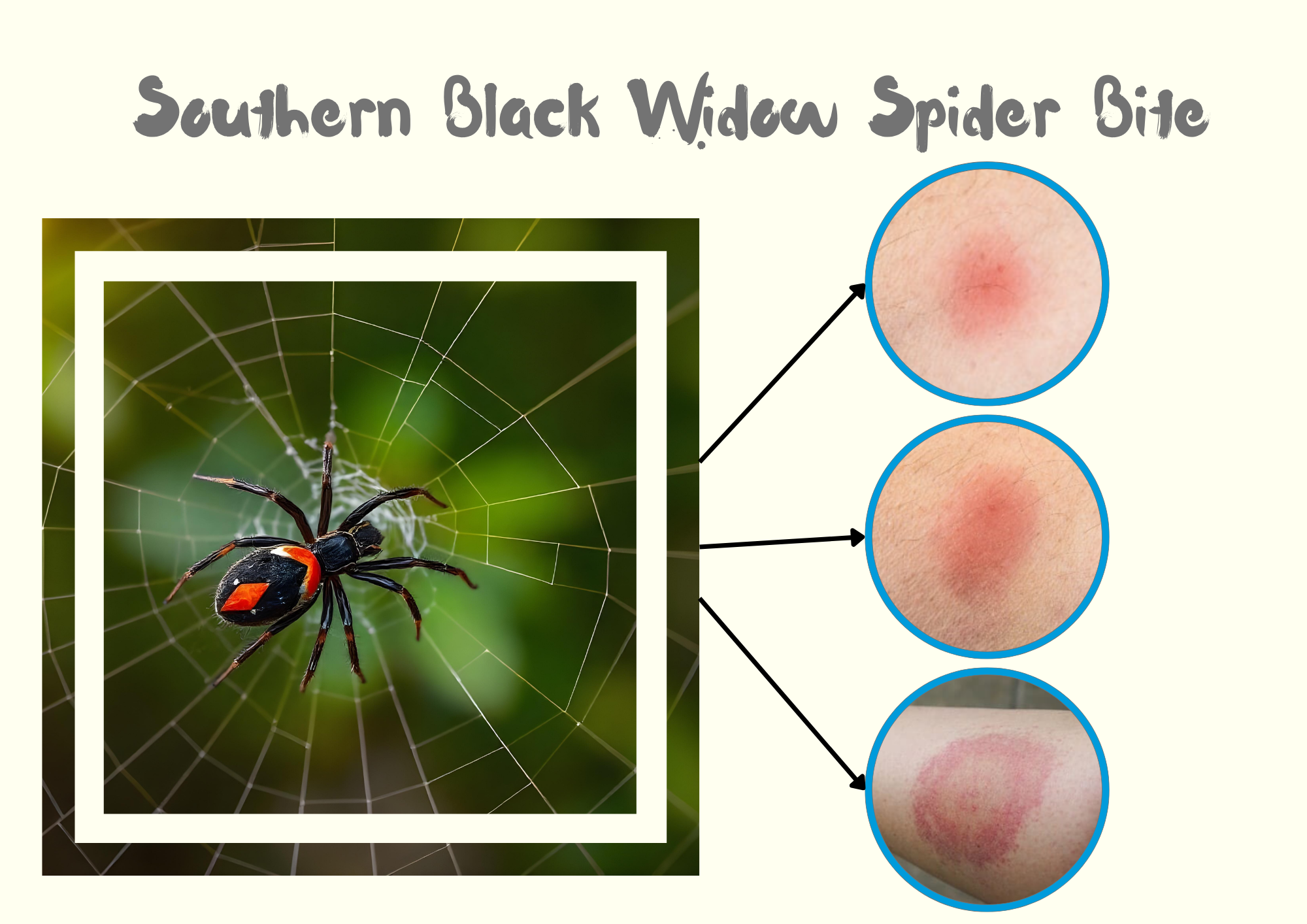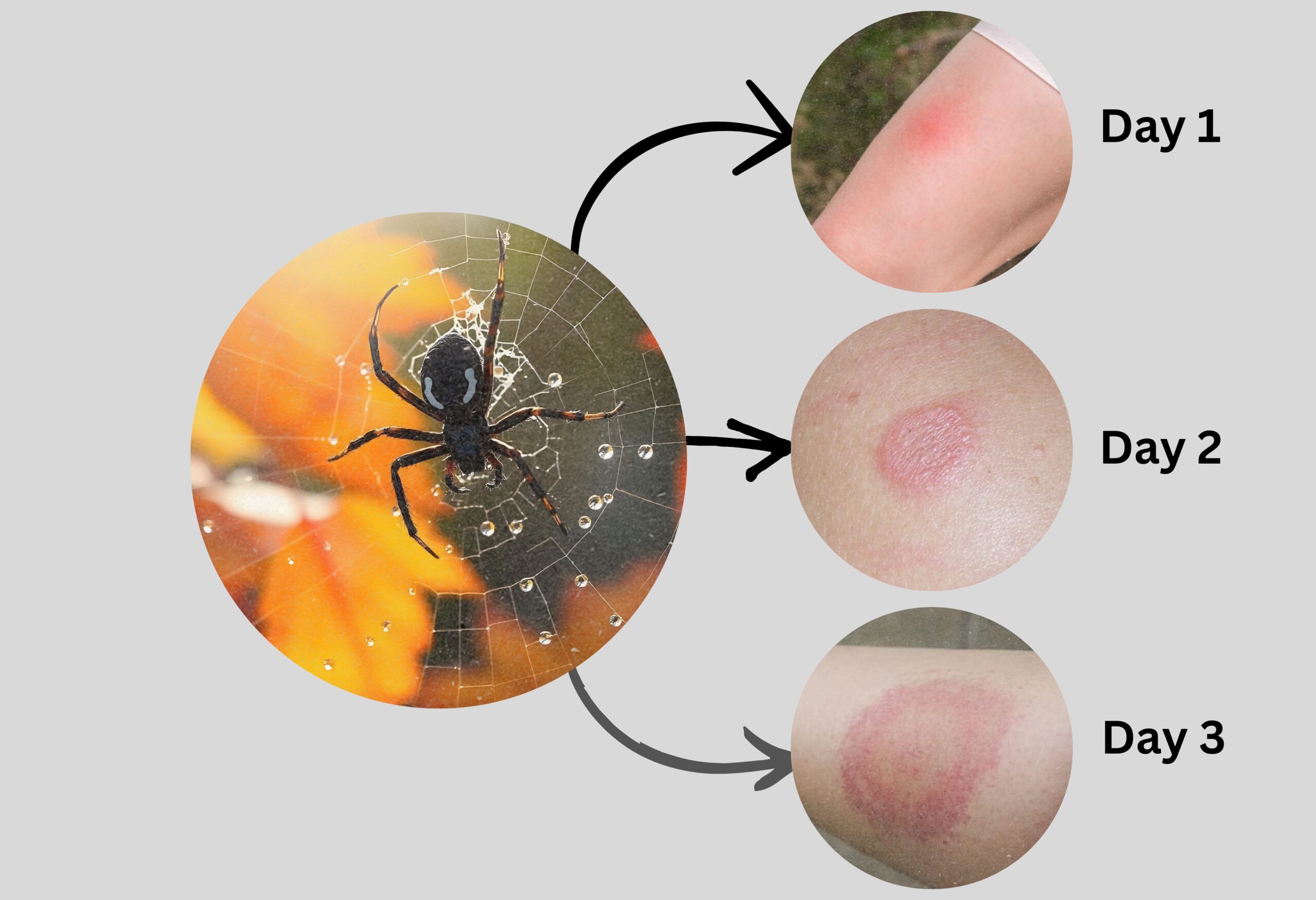Spiders, with their eight legs and intricate webs, often evoke a mix of fascination and fear. While most spiders are harmless, there are a few species whose bites can cause varying degrees of discomfort and, in rare cases, serious health issues. This article aims to shed light on when to worry about a spider bite and provide guidance on what to do in such situations.
Identifying Spider Bites:
First and foremost, it’s crucial to correctly identify a spider bite. Spider bites can be challenging to diagnose accurately, as their symptoms often overlap with those of other insect bites or skin conditions. However, some common signs of a spider bite include redness, swelling, pain, and itching around the affected area. In some cases, a visible puncture wound may be present.
Knowing the Culprit:
Not all spiders pose a threat to humans, and most spider bites are harmless, causing only mild symptoms. However, a few species are known for delivering venomous bites that may require medical attention. In regions where venomous spiders are prevalent, it’s essential to be aware of the specific species and their habitats.
Common Venomous Spiders:
- Black Widow Spider (Latrodectus mactans): Found in various parts of the world, the female black widow is known for its potent venom. A bite from a black widow can cause muscle pain, cramps, fever, and in severe cases, difficulty breathing.
- Brown Recluse Spider (Loxosceles reclusa): Common in the United States, brown recluse spiders can cause necrotic skin lesions with symptoms such as redness, swelling, and tissue damage.
- Funnel Web Spider (Atrax and Hadronyche species): Native to Australia, the funnel web spider delivers a potent venom that can lead to serious neurological symptoms, including difficulty breathing and muscle spasms.
When to Worry:
In most cases, spider bites cause mild, localized symptoms that can be managed at home with basic first aid. However, there are situations where seeking medical attention is crucial:
- Severe Symptoms: If you experience severe pain, muscle cramps, difficulty breathing, or other systemic symptoms, seek medical help immediately.
- Known Venomous Spider Bite: If you know or suspect that you’ve been bitten by a venomous spider, it’s advisable to seek medical attention, even if symptoms are initially mild.
- Persistent Symptoms: If the symptoms persist or worsen after a few days, consult a healthcare professional. This is especially important for bites from spiders known to cause more severe reactions.
- Signs of Infection: Watch for signs of infection around the bite, such as increasing redness, warmth, or discharge. Infections can occur secondary to the bite and may require antibiotic treatment.
First Aid for Spider Bites:
If you’ve been bitten by a spider and the symptoms are mild, you can try the following first aid measures:
- Clean the Bite Area: Wash the affected area with mild soap and water to reduce the risk of infection.
- Apply a Cold Compress: Use a cold compress or ice pack wrapped in a cloth to reduce swelling and ease pain.
- Elevate the Area: If possible, keep the bitten limb elevated to minimize swelling.
- Over-the-counter Pain Relief: Non-prescription pain relievers, such as ibuprofen or acetaminophen, can help alleviate pain and reduce inflammation.
- Antihistamines: If itching is a significant issue, over-the-counter antihistamines can provide relief.
Remember that these measures are for mild symptoms, and if you are unsure about the severity of the bite or if symptoms persist, seek medical advice promptly.
Preventing Spider Bites:
Prevention is always better than cure. To reduce the risk of spider bites:
- Shake Out Clothing and Shoes: Before putting on clothes or shoes that have been left undisturbed, especially in dark corners, give them a shake to dislodge any hidden spiders.
- Use Protective Clothing: When working in areas where spiders may be present, consider wearing long sleeves, pants, and gloves.
- Inspect and Seal Entry Points: Regularly inspect and seal any cracks or gaps in doors, windows, and walls to prevent spiders from entering your living spaces.
- Keep a Tidy Home: Reduce hiding places for spiders by keeping your home clean and clutter-free.
Conclusion:
While most spider bites are harmless and can be managed with basic first aid, it’s essential to be aware of the signs that indicate a more serious reaction. Knowing the types of venomous spiders in your region and taking preventive measures can go a long way in minimizing the risk of spider bites. If in doubt or if symptoms are severe, seeking prompt medical attention is the best course of action.





